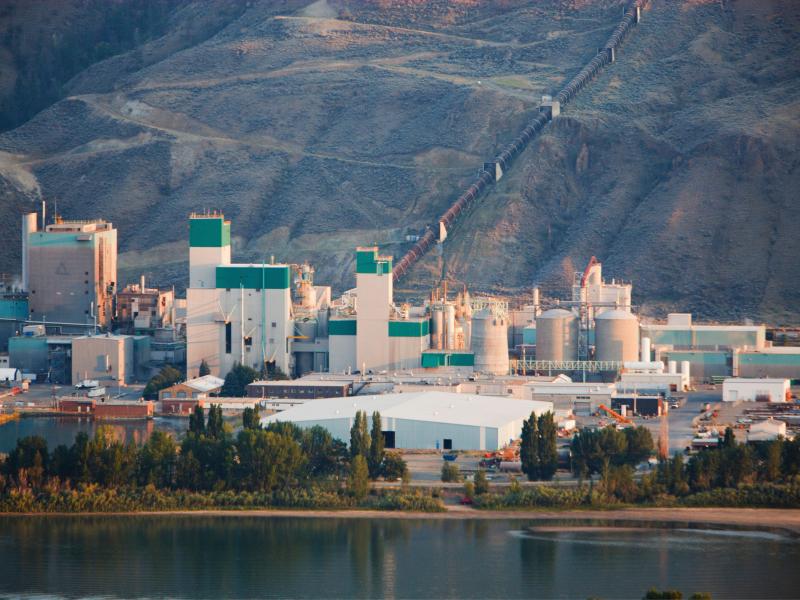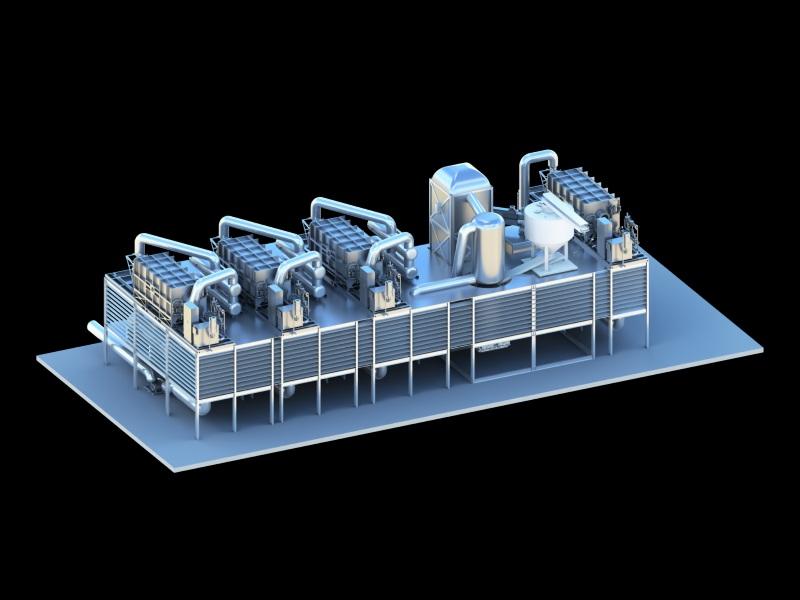
By defining what counts as removing and storing carbon from the atmosphere, Canada has sent an "important signal" to the carbon removal industry, according to Na’im Merchant, the executive director of Carbon Removal Canada.
Announced in January, the preliminary protocol for direct air capture (DAC) and geological storage is designed to establish which projects can issue federal offset credits. These are tradable units representing one tonne of carbon dioxide (CO2) removed or reduced, and sold on voluntary or compliance markets.
Increased certainty over key issues and the assurance of a credible third party like the Canadian government is “a way that Canada can demonstrate to investors that you can build successful, thriving, profitable carbon removal companies here,” Merchant said.
It is intended to encourage the build-out of DAC facilities, a technology that takes CO2 from the air and stores it underground long-term. Notable Canadian companies such as Carbon Engineering, Deep Sky and TerraFixing have emerged in the sector.
As the first country to create a DAC protocol Canada has made “an incredible first step”, Phil De Luna, chief carbon scientist and head of engineering at Deep Sky, told Sustainable Biz Canada in an interview.
The nascent, polarizing technology has been, on one hand, lauded as a part of the solution against climate change. It has also been called a distraction from other efforts, and impractical due to the high energy and financial costs, on the other.
There are 15 projects currently in advanced development or under construction, according to the International Energy Agency.
What the protocol outlines
An eligible DAC project under the protocol must meet a series of conditions, such as regulations for geological storage and monitoring, not being used for enhanced oil recovery, and being located in Canada.
The protocol also establishes the formulas a company must follow to measure the carbon removals from a project, the quality of the measurement equipment, and what data must be collected and saved.
If renewable energy is procured for the facility, the power must be reserved solely for the project and not displace it from other users. Clean energy that could be used to decarbonize other sectors of the economy should not be diverted to DAC.
The rules and guidelines set by the protocol are critical to making DAC successful in Canada, Merchant continued.
“It sets an important quality standard that direct air capture projects should be clearing in order to make sure that we’re doing this in a high-integrity kind of way.”
Why a protocol matters
Having an array of definitions for carbon removal created by a government is critical because most protocols are developed by organizations that sell their own carbon removal credits, Merchant said. The lack of conflict of interest from a government lends legitimacy to the sector, he continued.
“This provides a great deal of credibility and I think it goes a long way in reducing perceptions around greenwashing, around buying cheap credits to meet net-zero claims.”
The protocol is a “great first step at making sure that there’s fairness and rules in how these projects are developed,” De Luna said. He largely mirrored Merchant’s views on how it will add certainty for investors, stakeholders and buyers of carbon removal credits.
The protocol clarifies key questions critical for bankable offtake agreements that spur the market, De Luna said. This includes the use of renewable electricity or additionality – a credit “that would not have occurred without the incentive provided by carbon credit revenues”, according to Carbon Offset Guide.
Investors will also gain confidence because the protocol can make DAC developers eligible to receive funding through compliance programs, and it improves the profile of the technology to voluntary buyers.
A 60-day comment period is open for public consultation through March 28. Areas for further discussion include how the federal standard can work alongside provincial frameworks for CO2 geological storage and how to best encourage use of renewable energy.
Carbon Removal Canada will be sharing its suggestions with the government, Merchant said.
He hopes to see more protocols for other carbon removal methods such as direct ocean capture or carbon mineralization. As some technologies work better in certain provinces, a diverse suite of options that suit a variety of geographies is important, he said.
Canada’s carbon capture potential
Carbon Removal Canada published a report in 2023 that identified the country as a strong candidate for hosting carbon removal projects because of its ample clean electricity, existing energy workforce, innovative economy, abundance of potential sites for projects, and geology that is ideal for storing CO2.
Merchant included the policy support from the Canadian government as another reason, giving examples like the investment tax credits for DAC projects, or its procurement program which will see it buy at least $10 million in carbon removal from 2024 to 2030 to stimulate the market.
Canada will need to remove between 91 and 318 million tonnes of CO2 per year by 2050 to meet its net-zero target, Carbon Removal Canada said. Modelling has found the sector could create over 330,000 jobs and add $143 billion to Canada’s GDP by 2050 at the upper range.










